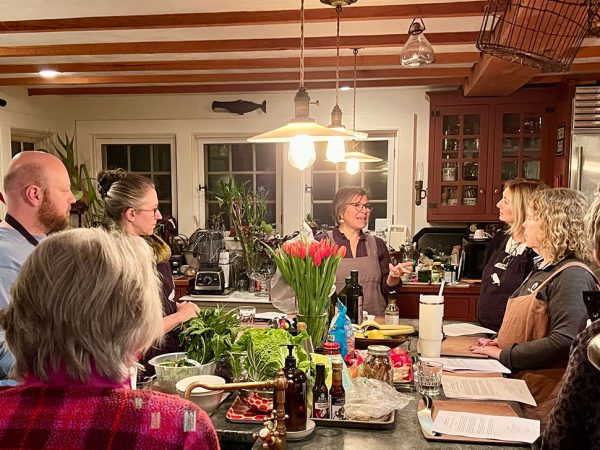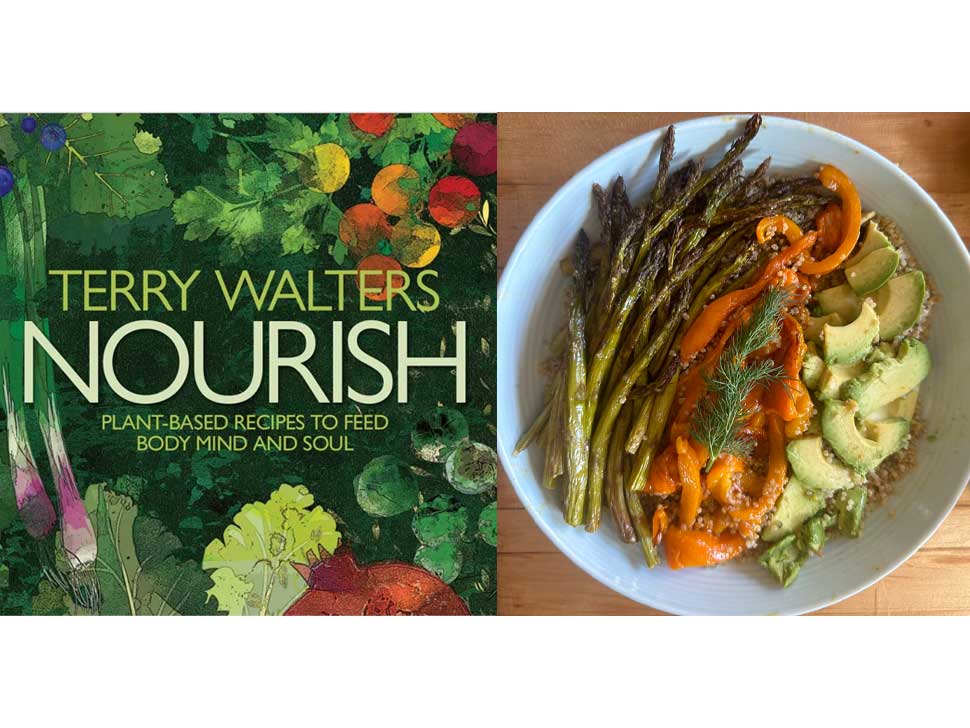Harvard Beets by Colt Taylor

By Colt Taylor: Executive Chef and Owner; The Essex and Los Charros
There are two items that most Chefs that I know have come to love and adore above all other – two misunderstood items that fall to the wayside at the common dinner table; radishes and beets. While I will save the radish love for another day, this classic New England spun up dish is so simple and will liven up that thanksgiving table just as much as those gorgeous candied yams. After all, beets, with all of their nutrition and beauty, are nicknamed ‘dirt candy’ for a reason! The rumor on how this dish was started goes back to England, and a place called the Harwood Tavern, where they were said to be invented. However, with the British accent, when they were brought to colonial America, the mispronunciation led to the name Harvard. The premise of this dish is twice cooked beets in a Gastrique. The French term, by definition, is equal parts sugar and vinegar reduced by half, which is a technique for creating any ‘sweet and sour’ dish.
Shopping List (10 servings)
10 pounds of large beets. (All red, or mixed colors if you are feeling adventurous)
1 Pint of Local Honey or Maple Syrup (we prefer to sugar for health purposes, but the original used sugar)
1 Pint of Apple Cider Vinegar (or your favorite vinegar of choice)
1 Pint of Water
1 stick of butter
4 cloves garlic crushed but whole
1 bunch of thyme
1 Tablespoon kosher salt
Method:
1. Toss beets in a tiny bit of oil and salt, place on a sheet tray, cover in foil, and roast until soft at 350 degrees for about 45 minutes. Once soft, let the beets cool until you can hold them, and wipe off skin with paper towels. You can wear gloves to avoid staining!
2. Cut the beets how you want! Thick slices, or oblique cut which is our favorite. Place all of the beets with all remaining ingredients except butter into a stockpot. It’s best to tie the bunch of thyme with butchers twine into a bouquet Garni. Bring to a simmer and reduce the liquid by half. Mount with butter, season to taste as needed, and serve hot. Garnish with any end of season garden herbs you’d like.








